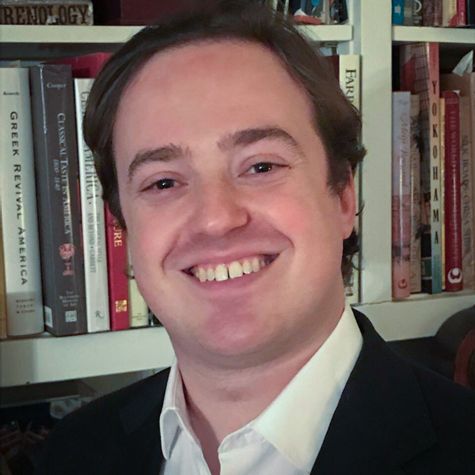Early Career Scientist Spotlight
Dr. Noah Tuchow (he/him)
Astronomer
Exoplanets and Stellar Astrophysics Laboratory (667)
Are you involved in any upcoming space missions?
My research is focused on precursor science for the Habitable Worlds Observatory. Launching in the 2040s, the Habitable Worlds Observatory (HWO) is a concept for the next large NASA flagship mission after the James Webb and Roman space telescopes. HWO is a mission concept aimed at directly imaging Earth-sized planets in the habitable zones of Sun-like stars. This is a very difficult engineering challenge as stars are extremely bright and vastly outshine their planets. An often-used analogy is that detecting a planet around a star is like detecting a firefly next to a lighthouse. Previous planets that have been imaged directly have mostly been giant planets at large separations from their host stars because these planets are easier to detect. However, with advances in coronagraph technology, we think that it will be possible to see smaller and closer-in planets, eventually reaching the sensitivity to detect and measure the spectra of Earth-sized planets. Astronomers and astrobiologists would like to study the spectra of Earth-like planets and infer their composition to investigate whether they host habitable conditions and whether they exhibit signs of life.
Currently, HWO is in the very early stages of development, and we are working on precursor studies for it, which identify the feasibility and projected performance of potential mission designs to ensure that the mission will be able to meet its science goals. I find that it is very exciting being involved in the beginning stages of a huge mission. It’s analogous to working on the team that came up with the concept of the Hubble Space telescope in the 1970s. I’m working with a team of scientists to lay the groundwork for what will hopefully be the next big NASA mission.
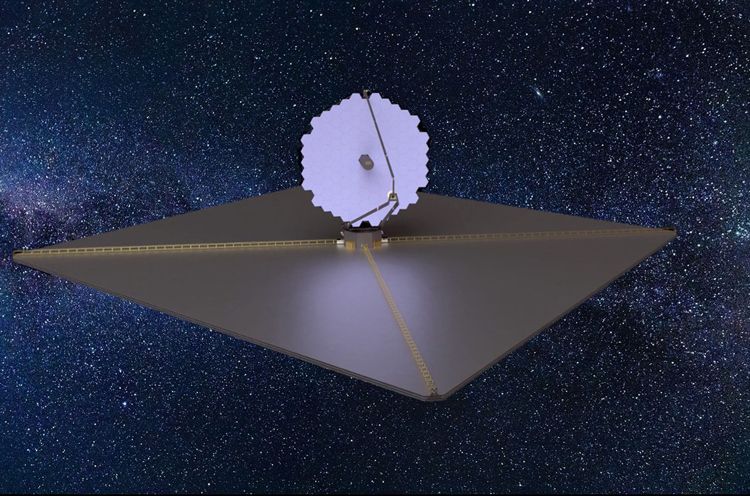
Credit: NASA GSFC
What is your research focus?
I am currently working on developing a preliminary list of target stars for the Habitable Worlds Observatory. HWO does not have a finalized mission design yet, so we instead want to be able to model the performance of different mission concepts and determine which designs result in the greatest yield of Earth-sized exoplanets in the habitable zone. In order to do these simulations, we need to have a list of potential target stars so that the code is able to select which stars to observe based on the detectability of Earth-like planets around them. This is where the bulk of my work comes in. I am working on constructing this input target list of direct imaging stars, which can be used for yield calculations and other precursor studies for HWO. Given the challenges in subtracting a star’s light and seeing the faint planets around it, the best target stars are those which are bright and nearby. Bright (though not necessarily more luminous) stars are required as we expect to see these planets in reflected starlight, so brighter stars mean brighter planets. Nearby stars are needed because we need to be able to have the angular resolution to see a planet in the habitable zone as a separate object from the host star. Using the distance and brightness requirements for direct imaging targets, I have been able to reduce the list of possible direct imaging targets to around 13,000 stars. I am calling this list the Habitable Worlds Observatory Preliminary Input Catalog (HPIC), and much of my recent work has been focused on obtaining precise stellar properties for each of these stars. Given that the number of stars in our sample is too large to go through by hand, I have been developing an automated pipeline to gather and compute stellar properties. We hope to release this list to the public in the next few months so that it will help to enable precursor science studies for HWO.
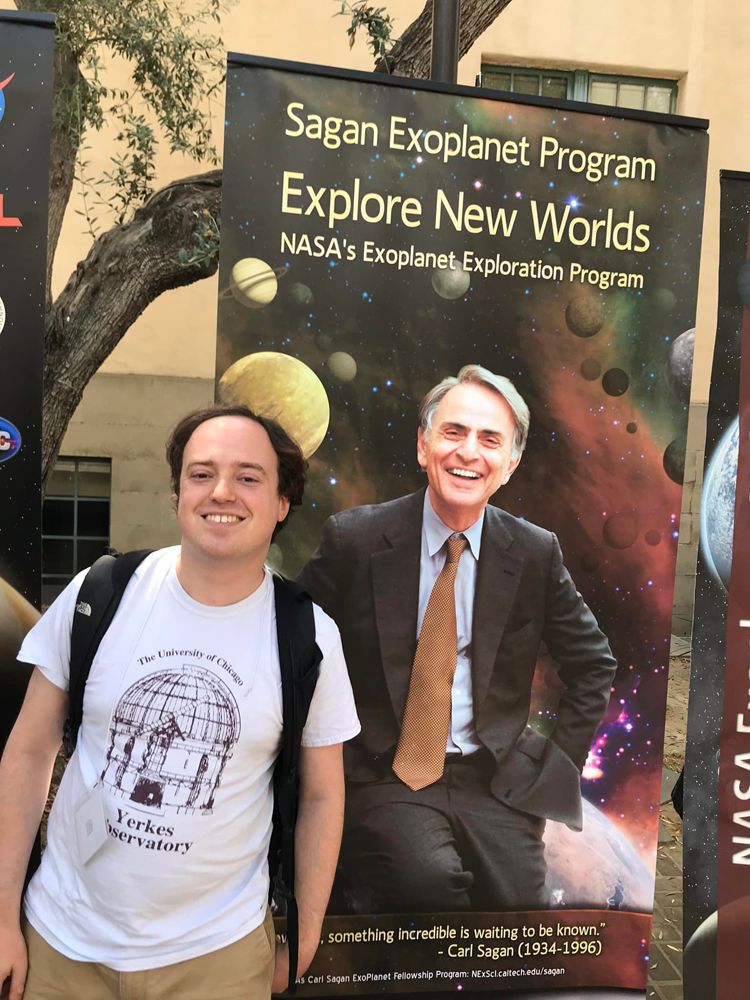
Credit: Noah Tuchow
What aspects of your work are you most passionate about?
Apart from my main work on constructing a target list for HWO, my passion project has been studying the long-term habitability of exoplanets. One aspect about planetary habitability that isn’t often addressed is the fact that the fact that stars change in luminosity over the course of their lives, and this means that their habitable zones change locations. Planets currently in the habitable zone may not have originated there and they may have formerly been too hot or too cold. I call these planets that enter the habitable zone due to the evolution of their host star “Belatedly Habitable Planets”. An open question that I am interested in addressing is whether belatedly habitable planets can actually host habitable conditions. Those that were once too hot may have lost all of their water via atmospheric escape, whereas those that used to be too cold may still be frozen and highly reflective and could be very difficult to melt even in the habitable zone. To understand the duration of time a planet spends in the habitable zone, and if it belongs to the class of belatedly habitable planets, we need to know the fundamental properties of the host stars, such as mass, age, and the abundance of heavier elements, in order to model how the star evolves. In creating a preliminary input catalog for HWO, one of my goals is to gather these properties for as many stars as possible so that, if we find planets around these stars, we will be able to understand their history of habitability.
Tell us about one project of yours that has been particularly impactful in your field.
My work on belatedly habitable planets has garnered a lot of attention in the community. The fact that we cannot simply assume that all planets in the habitable zone are actually habitable has major implications in the search for life on other planets. Many planets currently in the habitable zone originated outside of it, due to either the host star’s evolution or planetary migration, and the habitability of these objects is not well understood. In a recent study, I investigated how common belatedly habitable planets are and I found that many, if not most, planets in the habitable zone did not originate there. This finding garnered media attention and I was interviewed by news outlets such as Science News, New Scientist, and Newsweek about my work on belatedly habitable planets.
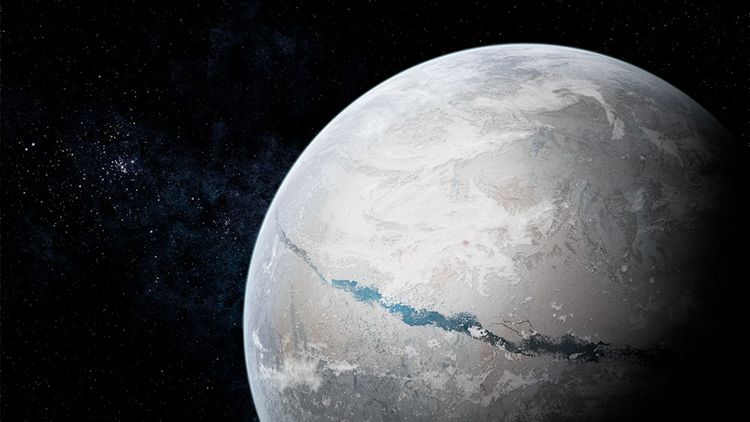
Credit: Julio Lacerda/Studio 252MYA
Did you always know that you wanted to study astronomy?
I didn’t necessarily always know that I wanted to be an astronomer, but I’ve always been interested in astronomy. When I was very young, I was interested in outer space and aliens, and as I grew older that interest gradually evolved into an interest in astronomy and astrobiology. When I was a little kid, I was obsessed with outer space and the movie ET, and instead of a teddy bear, I had a stuffed gray alien. By the time I was in middle school, I was very interested in the Spirit and Opportunity Mars rovers (which landed around that time), and I recall doing a detailed project focused on future Mars missions. I would say that my interest in the academic field of astronomy greatly increased by the time I was in high school. I was fortunate to be able to take an astronomy elective in high school, and that helped me recognize that I was interested in studying astronomy in college. Around that time, I also became interested in the search for extraterrestrial life, and for my final project in high school, I did an independent study in astrobiology. I’ve been interested in space for most of my life, but I didn’t know that I wanted to study astronomy as a career until I graduated from high school.
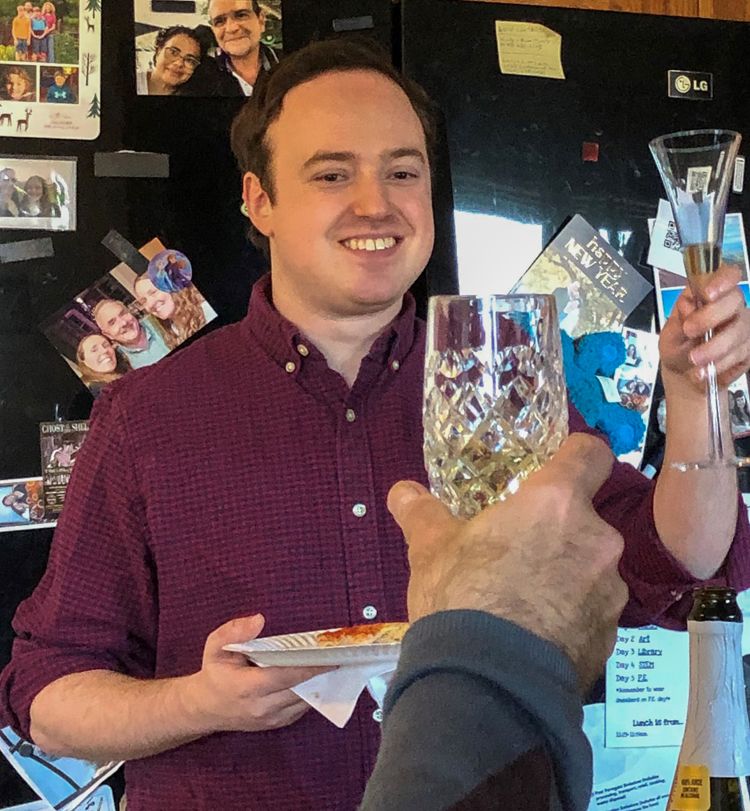
Credit: Noah Tuchow
What is a fun fact about you?
Over the pandemic, I had a lot of spare time, so I picked up a few new hobbies. One of these pandemic hobbies was learning foreign languages. Currently, I’m studying Chinese and Spanish. I’m almost fluent in Chinese (since I studied it in college as well) and I am more of a beginner in Spanish. Another pandemic hobby of mine which continues to the current day is reading classic literature. I’ve been reading a lot of the classics that I wasn’t required to read when I was a student, and I’m finding that it is much more enjoyable when I can read at my own pace and don’t have to closely analyze each passage for a class. I have been reading the Russian authors like Tolstoy and Dostoevsky and other classic books that I didn’t have a chance to read.
What are your future research interests and goals?
In the future, I would like to keep being involved with the Habitable Worlds Observatory mission. It is projected to launch in the 2040s, and I hope to still be involved in the mission at that time. I aim to make a meaningful contribution to HWO and to establish myself as an expert in my area of study. By the 2040s, many of us who are just starting out now will be leaders in our fields, and I would like to be involved with the science planning and organization for HWO. With my work on a preliminary target list for HWO, I hope to be able to contribute to the actual target selection and survey design for the finalized mission. In the more immediate future, I am searching for a permanent research position. I enjoy working as a postdoc, but I don’t enjoy the uncertainty in having to find a new job every few years. I’m hoping that in the future I’ll be able to find a permanent research position either at a NASA center or at another institution. I find the science goals of the Habitable Worlds Observatory to be very exciting, and I am eager to help this mission mature from a concept to a reality.
Biography
Home Town:
San Francisco, CA
Undergraduate Degree:
BA, Physics, University of Chicago, Chicago, IL
Post-graduate Degrees:
M.S. and PhD in Astronomy and Astrophysics, Dual-title in Astrobiology, Penn State University,
University Park, PA
